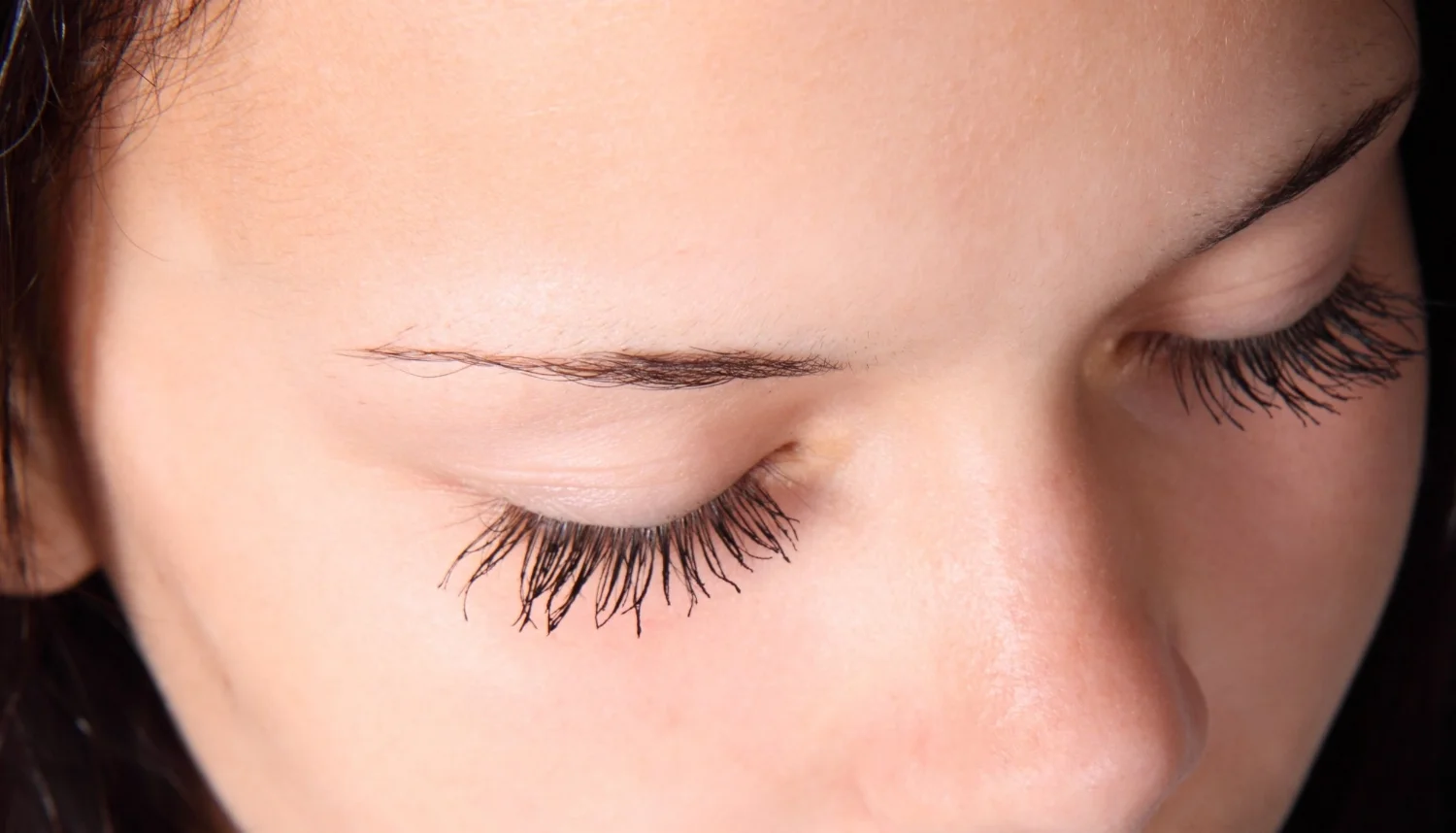Visit www.VoiceOverRoadmap.com
3 Ways to Double Check Your Auditions to Ensure they're Great
When you send off an audition for a job, are you sure it's your best? Better yet, are you sure it's giving you your best shot at landing the gig?
As VO Talent, we've all been there - a great job posting comes your way and you think you're perfect for it. You pre-read the script a few times and then step in front of the mic to record your audition. After you've recorded and edited your audio, you send it off and hope for the best.
But maybe you skipped a few steps, maybe there's still a couple of things you can do to make sure you nailed the audition. Here's 3 ways you can double check your auditions after recording and editing them, to make sure you're putting your best foot forward.
Using an Expander/Gate to Reduce Background Noise in your Recordings
Professional audio quality in a voice-over dictates that it should sound clean, clear, and most importantly - free of background noise.
But for most freelance VO Talent working out of a home studio, the environment they record in may not provide such audio quality right off the bat. While you should always address issues with your audio quality at the source, there are some steps you can take to further reduce background noise in your audio during the editing and post-production stage.
Removing Mouth Noise during the Editing Process
If you've been recording voice-overs for any length of time, there's no doubt you've encountered "Mouth Noise" on some of your recordings.
While it's often preferable to treat these issues at the source during your performance, there is still hope if some sneaky "clicks" or "pops" make their way into that perfect take - you can remove them during the editing process.
The 2 main ways to fix these issues during the editing stage, are what I call the "Deletion Method" and the "Waveform Editing Method" and today, we'll take a look at how to perform both.



